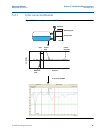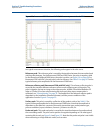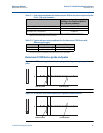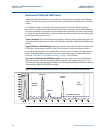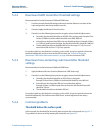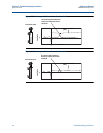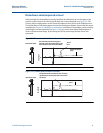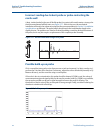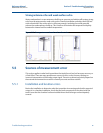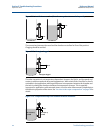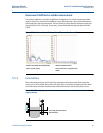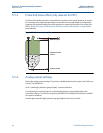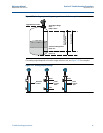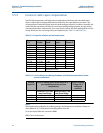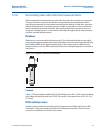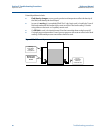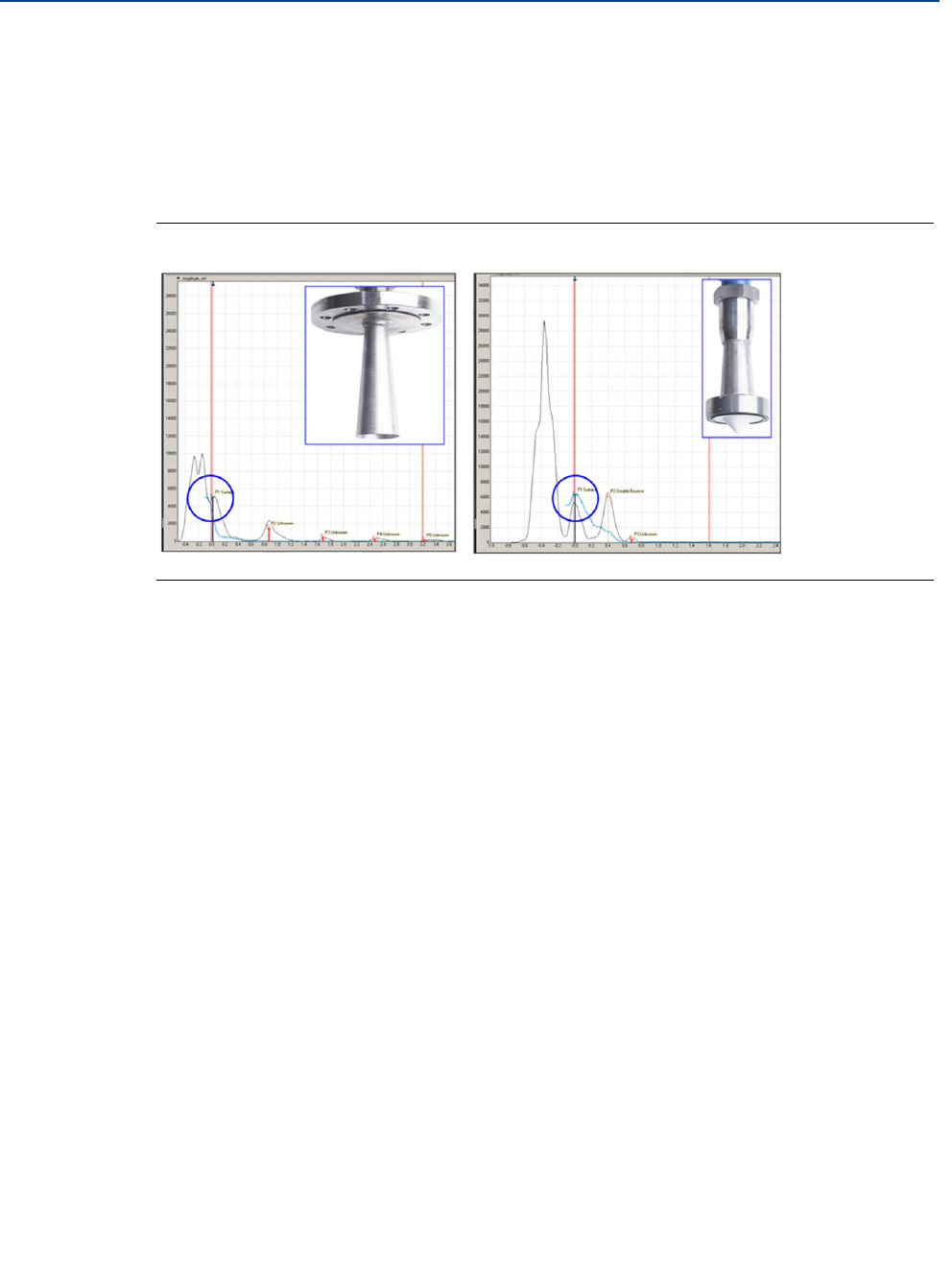
73
Reference Manual
00809-0700-4530, Rev AA
Section 5: Troubleshooting Procedures
September 2013
Troubleshooting procedures
Strong antenna echo and weak surface echo
Water condensation in a cone antenna or build-up on a process seal window will create a strong
echo from the antenna and a weak surface echo. Examine installation and adjust Hold-Off and
surface threshold if the surface echo is still strong enough. Insulating the nozzle generally
reduces the condensation or build-up. This is because it minimizes the temperature disparity
between the internal and the ambient temperature.
Figure 5-13. Strong antenna echo and weak surface echo
5.5 Sources of measurement error
This section applies to radar level transmitters that track the surface, but have poor accuracy or
a fixed offset. There are many possible error sources for this, such as incorrect settings or
incorrect interpretation of the analog output signal. These errors almost exclusively depend on
the external environment since radar is extremely accurate and does not drift.
5.5.1 Installation and location errors
Review the installation to determine what the transmitter is measuring and what the expected
output is. In a chamber installation, check that the level corresponds to the value inside the
tank. Ensure that the chamber has been installed where the level range can be adequately
covered.



